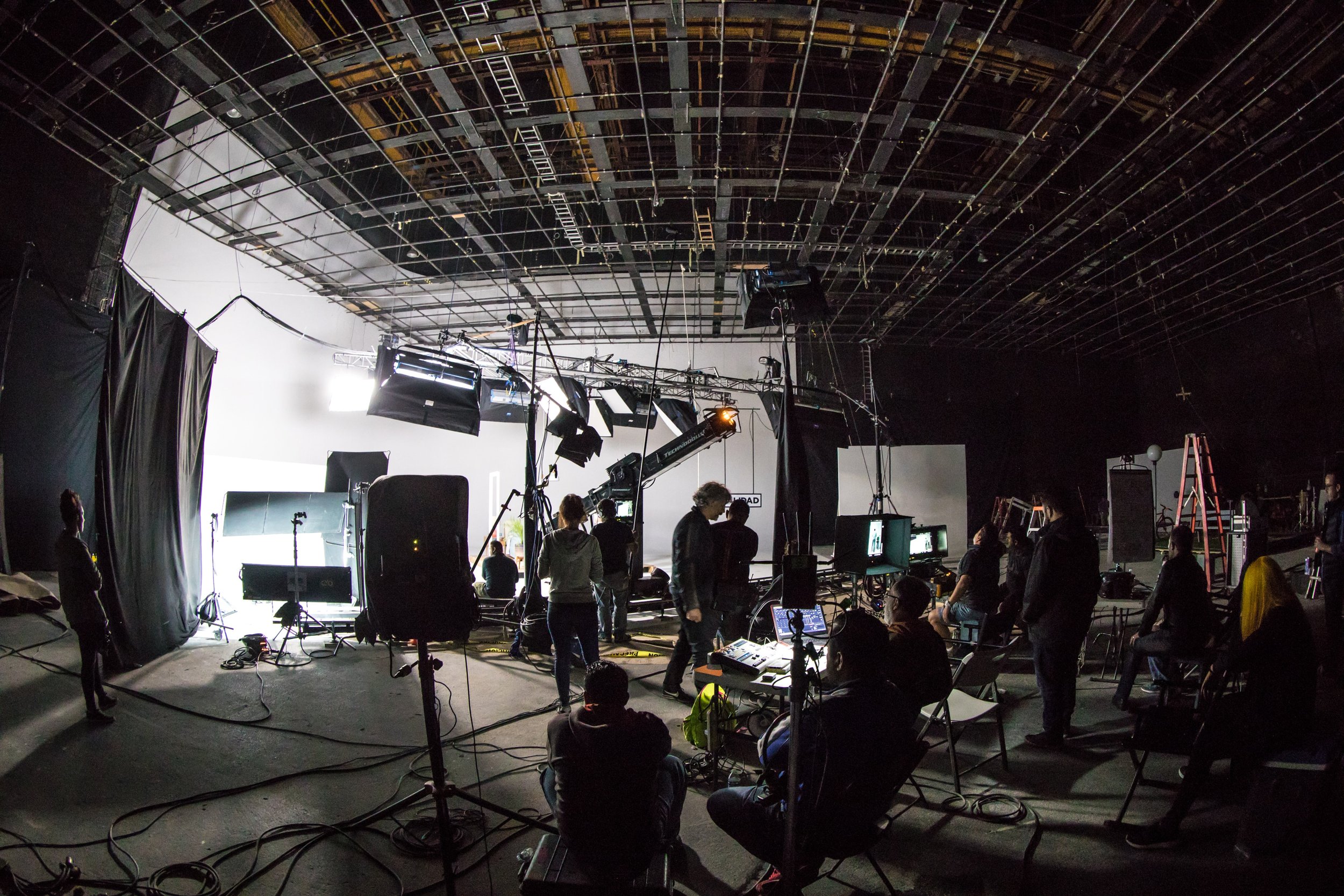Why B-Roll Should Be a Key Part of Your Remote Video Production Strategy
So…before we get to the b-roll revelations, we need to hit rewind for a second.
Think back just a few years to the train wreck that was 2020. The global pandemic had a massive impact on so many industries, and the video production business was hit particularly hard. But hard times called for inventive solutions, and when no crews were allowed on set, remote interviews took off like a rocket.
The quality of that remote footage varied depending on how it was captured. At the low end, Zoom calls were making it into finished pieces. Not great. Some productions utilized smartphones and new tech. And others literally shipped a ton of gear to people, asking them to film themselves and ship it all back. All these remote video production methods were faster and cheaper than traditional approaches.
The outcome was a new dawn; the realization that you really can get good footage remotely. And it’s the reason it is now a go-to production strategy.
And yet, one important (and critical) aspect of those productions has been completely overlooked - b-roll.
Elevating Your Productions with B-Roll
It shouldn’t be an afterthought. Or an annoyance. B-roll is absolutely essential, especially when you’re producing any kind of talking headpiece. You can have the most charismatic person in front of the camera, but after 30 seconds your audience is waning. Adding b-roll footage into the video can instantly improve the whole energy of the piece, making those killer soundbites you captured come to life with compelling video and dynamic editing.
Now, what kind of b-roll you include is all about content and context. For starters, you can go straight to stock footage (there are numerous sites out there), or new content that your interviewees filmed on their phones. Even photos work well with a little Ken Burns effect, but the main goal of b-roll is to bring the key points of the video to life. ‘Show, don’t tell,’ is the b-roll mantra.
Mastering the Art of B-Roll Acquisition
If you’re planning on using smartphones to create more b-roll, remember that you’re going to get exceptional quality footage from the latest tech. We’re talking 4K (and soon 8K), great sound, and other attributes that used to cost many thousands of dollars to achieve. If you’re directing the interviews remotely, you can prompt your filmer to capture a few shots right then and there, and you can even direct them. And with 5G speed, they can transfer that footage the second they’ve finished filming so you can go straight into editing.
You could also do a hybrid approach, which is affectionately known as quasi-remote. Basically, you send a local crew while the director patches in virtually to direct the interview. Here, the push is getting great soundbites, and as there’s a crew on site they’ll be top quality. But don't let that stop you from demanding some awesome b-roll footage too, from both the interviewee filming for you and the crew on set. It’s well worth that little extra time and effort.
And that’s all there is to it. If you take anything away from this, it’s that b-roll should not be seen as b-rate footage. It can turn drab into fab, and take every video you create to new heights. In short…don't forget the b-roll.



